
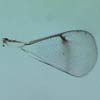 |
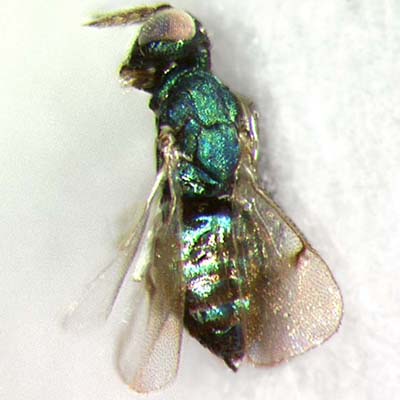 |
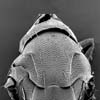 |
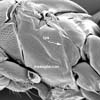 |
|||
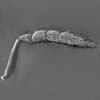 |
 |
|||||
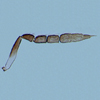 |
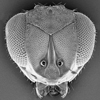 |
|||||
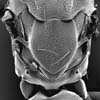 |
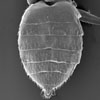 |
|||||
Classification
Superfamily : Chalcidoidea
Family : Eulophidae
Subfamily :
Entedoninae
In addition to characters for the genus Neochrysocharis.
Forewing
with a small area of infumation
in association with the stigmal vein.
Thorax
with distinct reticulate sculpture; gaster
with some reticulate sculpture on basal tergites.
Transepimeral
sulcus straight dorsally.

Diagnosis
Distribution
This species is common and widely distributed, and is known from throughout the Holarctic, as well as Mexico, north Africa and Southeast Asia (Noyes, 2002, 2003).
Hosts
This is a generalist known from a very wide range of hosts, including Agromyzidae (Diptera); Chrysomelidae, Curculionidae (Coleoptera); Cimbicidae, Diprionidae, Pamphiliidae, Tenthredinidae (Hymenoptera); Argyresthiidae, Coleophoridae, Elachistidae, Gelechiidae, Gracillariidae, Lyonetiidae, Nepticulidae (Lepidoptera) (Noyes, 2002, 2003).
Biology
N. formosa has quite a variable biology, and can act as an egg parasitoid, or a parasitoid of leafminers. It is an endoparasitoid attacking younger stages of its host.
Comments
The three Neochrysocharis species can be found in large numbers (either singly or in combination) in some samples from Southeast Asia. They have the potential to be part of a complex of species contributing to biological control of leafminers in the region.